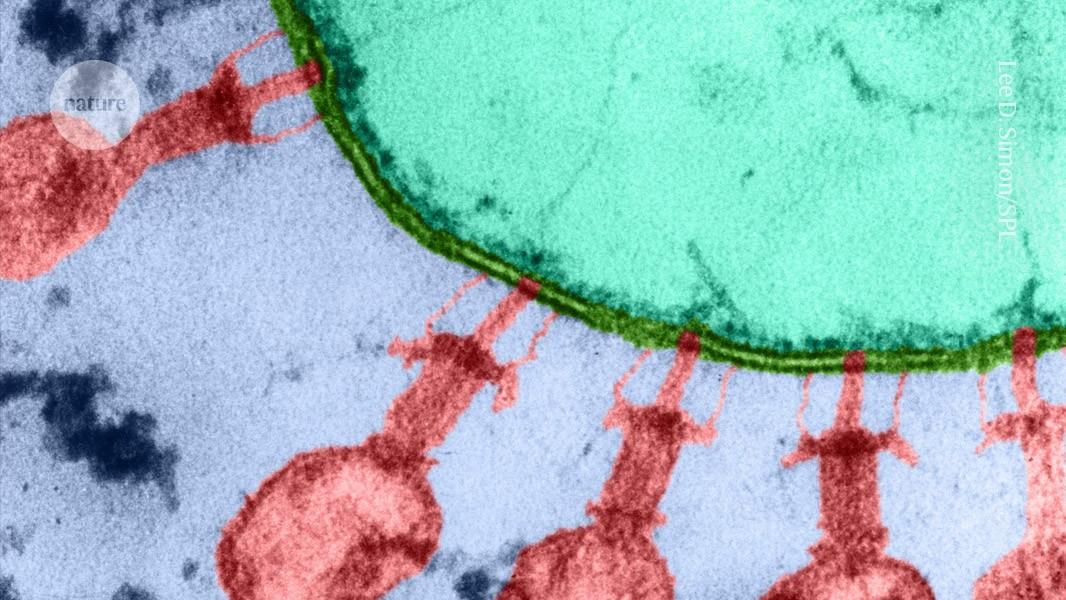World’s first AI-designed viruses a step towards AI-generated life
IF 48.5
1区 综合性期刊
Q1 MULTIDISCIPLINARY SCIENCES
引用次数: 0
Abstract
Scientists used artificial intelligence to write coherent viral genomes, using them to synthesize bacteriophages capable of killing resistant strains of bacteria. Scientists used artificial intelligence to write coherent viral genomes, using them to synthesize bacteriophages capable of killing resistant strains of bacteria.

世界上第一个人工智能设计的病毒向人工智能生成的生命迈进了一步。
科学家们利用人工智能编写了连贯的病毒基因组,并用它们合成了能够杀死耐药细菌菌株的噬菌体。科学家们利用人工智能编写了连贯的病毒基因组,并用它们合成了能够杀死耐药细菌菌株的噬菌体。
本文章由计算机程序翻译,如有差异,请以英文原文为准。
求助全文
约1分钟内获得全文
求助全文
来源期刊

Nature
综合性期刊-综合性期刊
CiteScore
90.00
自引率
1.20%
发文量
3652
审稿时长
3 months
期刊介绍:
Nature is a prestigious international journal that publishes peer-reviewed research in various scientific and technological fields. The selection of articles is based on criteria such as originality, importance, interdisciplinary relevance, timeliness, accessibility, elegance, and surprising conclusions. In addition to showcasing significant scientific advances, Nature delivers rapid, authoritative, insightful news, and interpretation of current and upcoming trends impacting science, scientists, and the broader public. The journal serves a dual purpose: firstly, to promptly share noteworthy scientific advances and foster discussions among scientists, and secondly, to ensure the swift dissemination of scientific results globally, emphasizing their significance for knowledge, culture, and daily life.
 求助内容:
求助内容: 应助结果提醒方式:
应助结果提醒方式:


